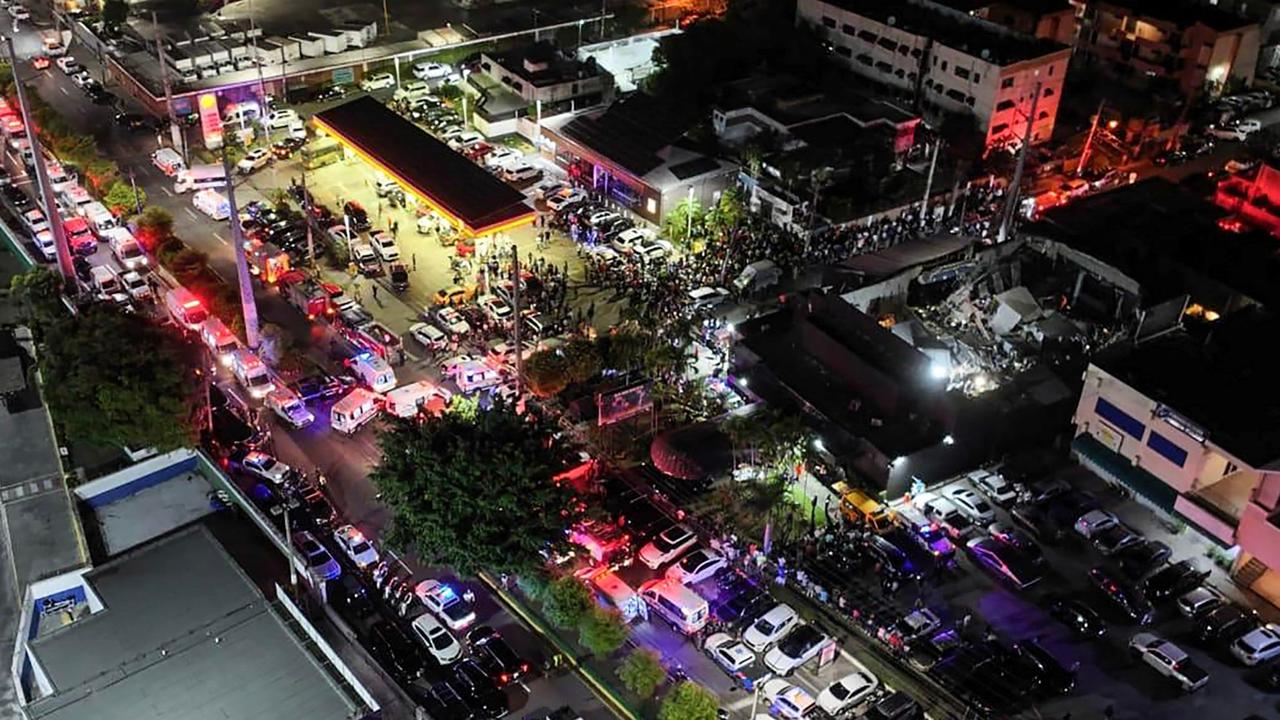‘What is going on?’: Panic sets in after horror plane crash cluster
Panic has set in after a string of planes fell from the sky in America recently, with attention now turning to what’s really going on.
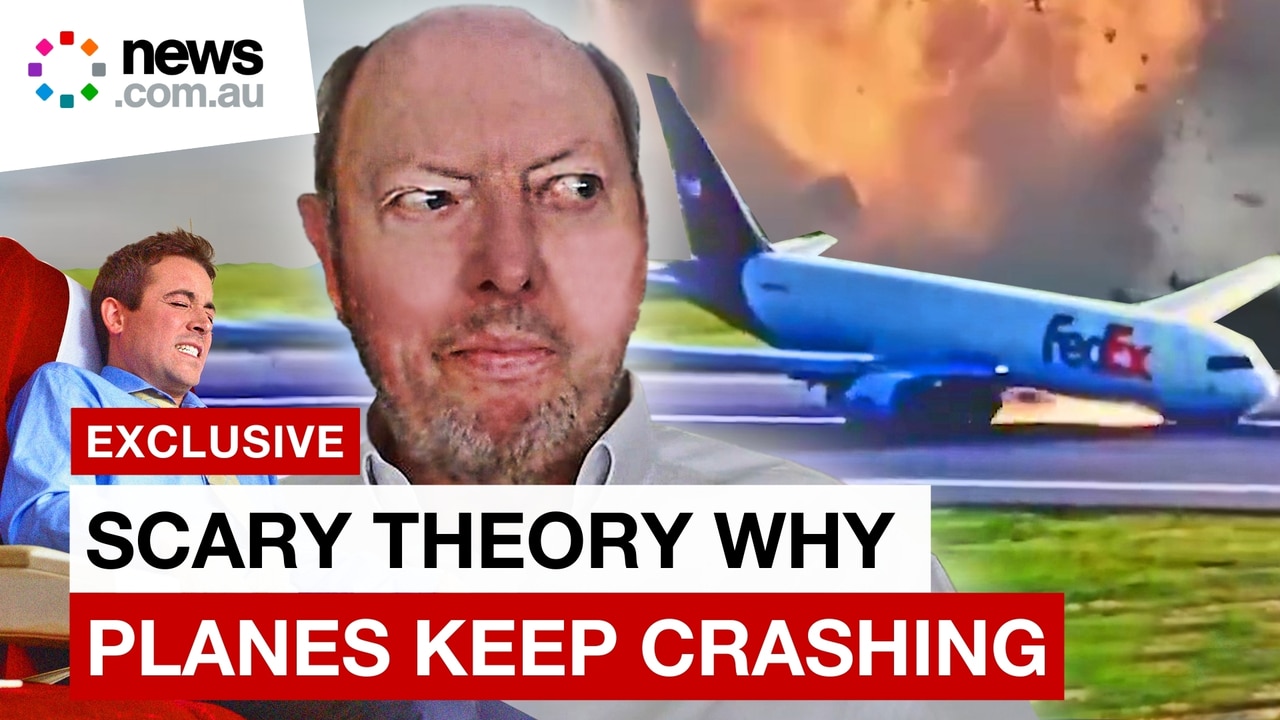
World
Don't miss out on the headlines from World. Followed categories will be added to My News.
ANALYSIS
There has been a string of terrifying, major plane crashes across North America recently – and understandably, they have given some people the jitters.
According to America’s National Transportation Safety Board, there have been 122 plane crashes in the US in 2025 so far – including the most recent dramatic crash in the carpark of a Pennsylvanian retirement community last month – although the vast majority of them have been non-fatal.
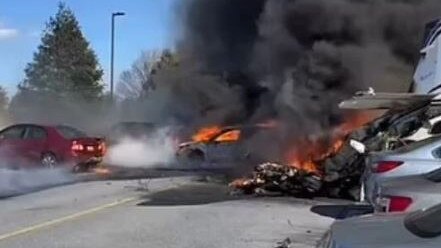
Add to that other recent crashes, both in Australia (in January, a seaplane crashed off Rottnest Island, killing the pilot and two passengers) and elsewhere (in August, a commercial Brazilian airline flight crashed, killing all 62 people on board), and it’s no surprise that questions are now being raised.
And most people are asking the same four word question – what is going on?
‘Domestic terrorism?’
Such stories are ripe for encouraging false narratives, hearsay and even conspiracy theories.
Yet it’s normal to ask questions and worry or, at least, feel cautious in the face of such a spike.
Some have questioned the mechanics of the planes, others the legitimacy of the licences of pilots or availability of air traffic controllers.

Several members of the public have pondered if hackers were “getting into the plane controls”, with one commenter comparing the situation to dystopian film Leave The World Behind.
Others have raised the spectre of “domestic terrorism”, revealing the current extent of unease in the US under the second Trump administration.
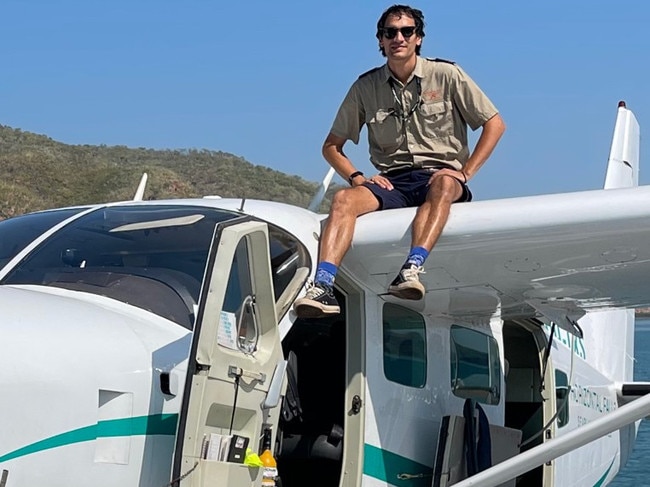
Then there are the comments so out there, they’re almost comical.
“Democrats are definitely behind this,” one person wrote after a recent crash.
“They’d rather we all die if they can’t have drag queens reading books to children.”
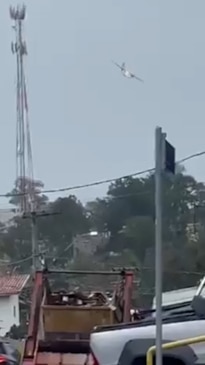
Legitimate concerns
But while it’s easy to dispel that drag queens are not, in fact, responsible for recent plane crashes, other concerned citizens raise valid concerns.
Those questioning the mechanics and the parts being used have read legitimate media reports, such as one which emerged late last year when the US National Transportation Safety Board revealed more than 40 foreign operators of Boeing 737 aeroplanes may be using planes with rudder components that could pose safety risks.
People demanding answers over the availability of air traffic controllers are also far from conspiracy theorists.
They know that US Congress has held a hearing on persistent air traffic control staffing shortages after the aviation sector called for emergency funding for air traffic control, spurred by the recent crashes.
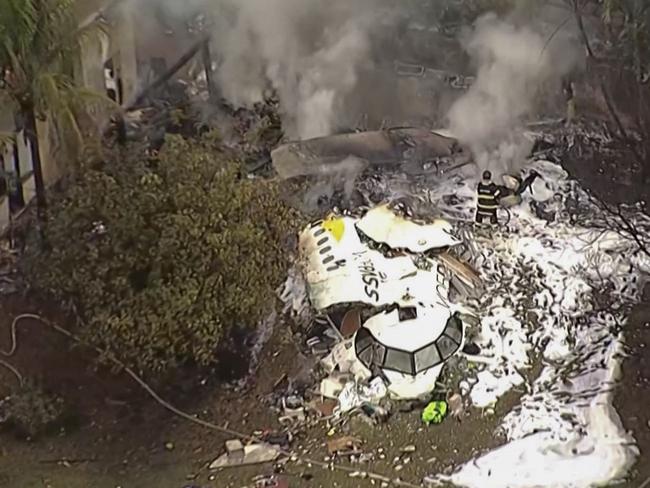
Then there are qualifying facts, such as in one of the latest plane crashes involving two small planes which occurred in uncontrolled airspace, with the construction of a control tower delayed by the pandemic. In these cases, air control is pilot-to-pilot.
Such disasters, and those of private aircraft crashes, like the one involving the private jet belonging to Motley Crue singer Vince Neil – are a different category of flight.
It’s a less “apples with apples” comparison than with commercial flights that most people take.


And even in the most dramatic plane crashes, there can be zero fatalities, such as the recent Delta Toronto one in the snow, in which all 80 passengers survived.
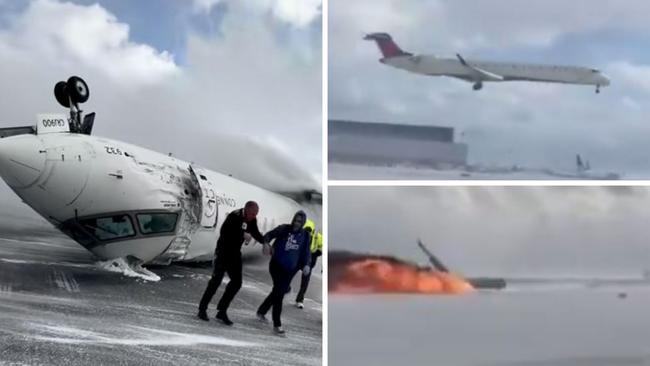
‘I’ll never fly again’
Nevertheless, many of the most spooked commenters have reached the same conclusion: “I’ll never fly again”.
Some say they stopped flying after the horrific footage of 9/11.
For others, recent crashes have exacerbated their aviophobia: fear of flying.
With smartphone videos, social media and the 24-hour news cycle ensuring we see graphic details of every single plane crash, we can get a skewed perspective of the relative frequency of aviation accidents in comparison to other modes of transport.
Especially when random clusters happen, like in recent weeks, which distorts our view of the relatively low median number of crashes over a longer period.
A plane crash almost always looks dramatic, meaning it tops the international news agenda. But for car crashes, less so.
Consider this: the World Health Organisation estimates 3700 people die in road accidents globally every day. There simply isn’t enough room to report them all on a national level, so they’re usually distilled to local news.
That’s roughly 1.35 million deaths annually from car crashes.
Meanwhile, the fatal accident rate for planes is 1.049 fatal accidents per 100,000 flight hours. Comparatively, if you flew every day of your life, 24 hours a day, for an entire year, you’d only spend 8760 hours in the air.
A side-by-side comparison can help for context.
The National Safety Council’s stats show 0.54 deaths per 1 million passenger miles in passenger vehicles (car, vans) versus 0.001 deaths for scheduled airlines.
Meanwhile, Northwestern University says a ferry is much more likely to kill you than a train or plane.
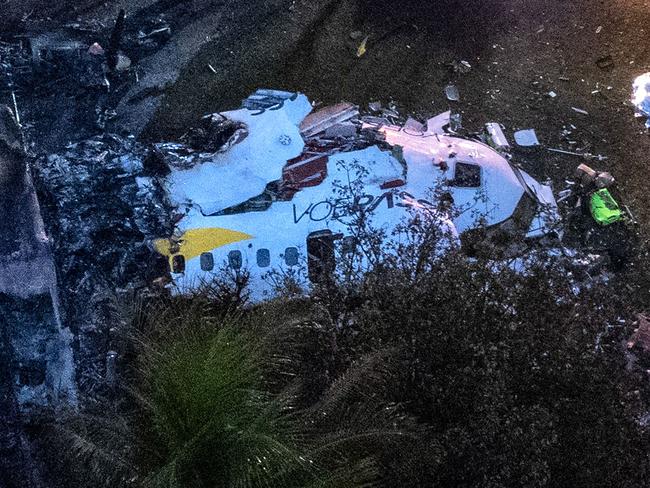
All experts agree: air travel is still one of the safest forms of transport. Especially, as it turns out, if you live in Australia (or, at least, fly on Australian airlines).
“Australia is fortunate not to have experienced a fatal accident involving a large passenger aircraft in over 50 years,” a spokesperson for the Australian Transport Safety Bureau told news.com.au.
“Occurrence statistics show no upward trend in the number of serious incidents, which can be precursors to accidents, involving jet airliners operating scheduled passenger flights domestically in Australia and by Australian international airlines in the last 10 years.”
That’s Australia though. What about more recent disasters in the US?
“Commercial air travel in the US is the safest mode of transportation in the world,” an Airlines for America spokesperson told news.com.au.
“Keeping it that way requires government attention and investment in both human and technology infrastructure.”
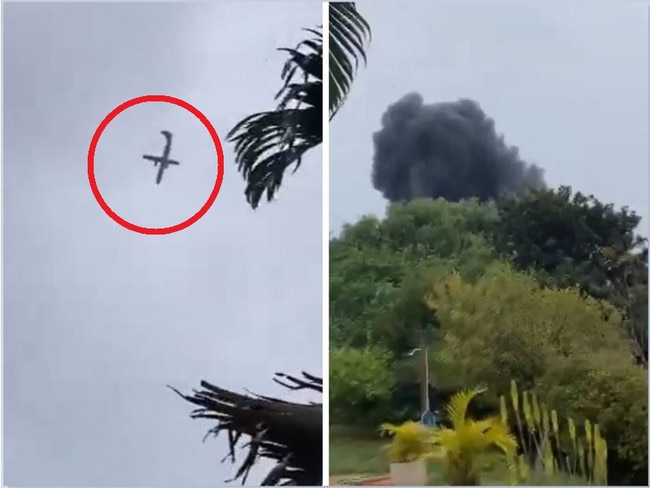
Overcoming fear
So it’s clear a plane is far less likely to kill you – yet people are much more likely to be too scared to fly than to ride on ferries.
Fear isn’t always rational, but in the case of air travel, anxieties are common and understandable – from people who’ve experienced severe turbulence to those in awe of how the hell an Airbus A380 (the world’s biggest commercial plane) stays in the air.
According to Victoria’s Department of Health, one in six people have a significant fear that prevents them from flying.
Qantas and Virgin Australia also have programs where you can register as a “nervous flyer”.
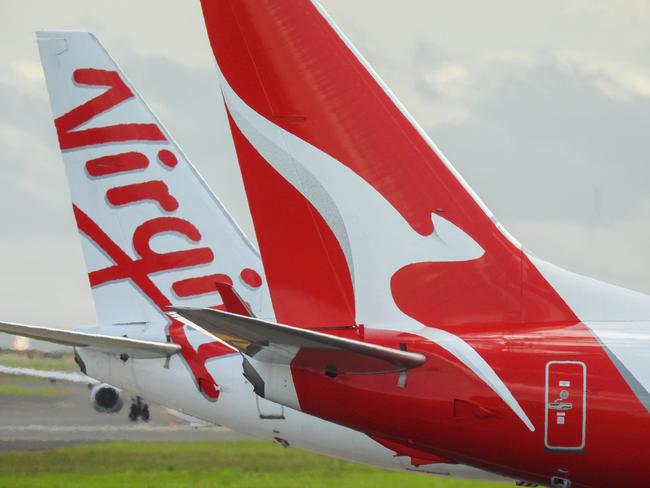
They will then email you material leading up to your flight to alleviate your anxieties. While on the plane, a flight attendant will keep an eye out for you throughout your journey.
Dr Corrie Ackland is the head psychologist of the Fear of Flying program run in conjunction with Flight Experience Sydney. Based on cognitive behavioural therapy, it includes flight simulators and talks from actual pilots.
“I don’t think these fears are becoming more prevalent per se but rather the pressure/expectations to fly have increased,” she said.
“With families and work scattered across the globe, most people will have to fly at some point or else the avoidance of flying will likely have a big impact.”
She said facts about the safety of air travel – when presented in an engaging way – help persuade people.
“They’ve invaluable,” she said.
“Now that flying is so commonplace, I wish it were taught in schools.”
As for travelling according to risk mitigation, the stats are stark.
If you want to choose the transport least likely to kill you, never, ever set foot in a car.
Gary Nunn is a freelance journalist. X: @garynunn1
Originally published as ‘What is going on?’: Panic sets in after horror plane crash cluster




